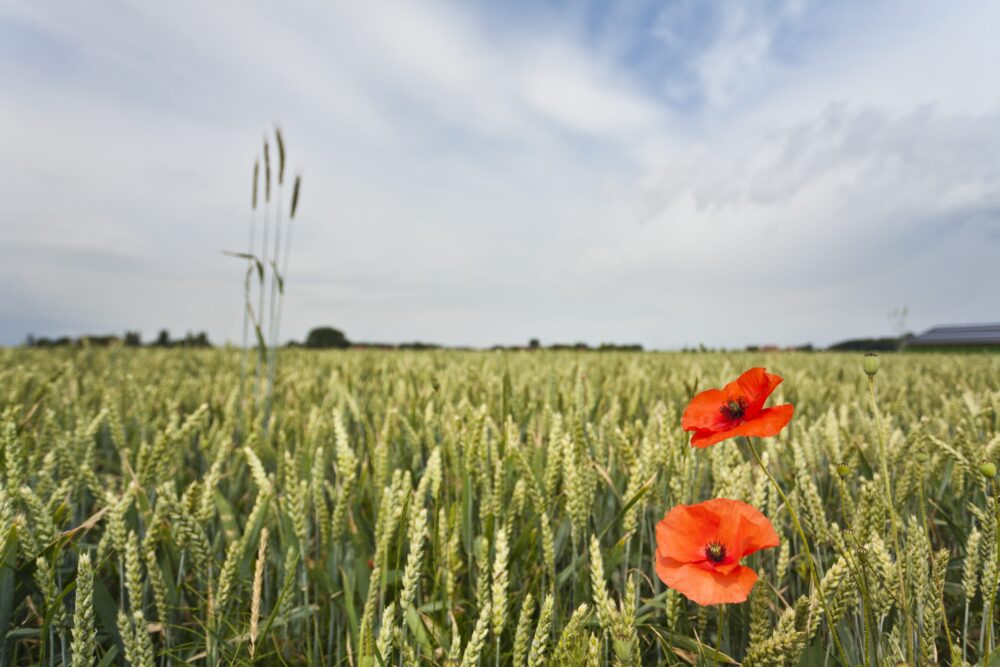Forever a silent witness to World War I
The First World War changed the world, and not the least in Flanders Fields. Those dismal years left a crushing impression on both our spirits and the landscape. LANDSCAPES – feel flanders fields the stories of hundreds of former battlefields, cemeteries, and monuments in this special region.
Four long, dark years began in 1914. The First World War took hold of humanity. During that period, the Westhoek, a rural area in southwest Flanders, was the scene of some of the bloodiest battles of that war. At least 600,000 people lost their lives at the time. The landscape in the area we know today as Flanders Fields is still a silent witness to that loss.
Ypres is a well-known example. This proud medieval city was almost completely destroyed by constant bombings from 1914-1918. The city thus symbolizes the senseless slaughter of the Great War. After WWI, the city rose like a phoenix from its ashes, a remarkable story. You will also find the famous Menin Gate at the edge of the city center. This city gate was built by the British in 1927 in memory of the nearly 55,000 Commonwealth soldiers who were killed and never identified or found. Their names are carved in this monument for eternity. To this day, every evening, at precisely 8 p.m., the Last Post resounds there, a posthumous tribute played by trumpeters. Battle scars are very evident in Flanders Fields outside the city. There are hundreds of war cemeteries, monuments, and other silent witnesses spread across seemingly picturesque villages, vast fields, and along quiet roads.
Starting in the spring of 2023, the theme year Landscapes – Feel Flanders Fields will focus on the stories of these panoramas with a wide range of exhibitions, events, and activities. The For Evermore exhibition in the gripping In Flanders Fields Museum tells the stories behind the many cemeteries in the region. Een laatste groet (One last greeting) zooms in, with the help of augmented reality, on the German Military Cemetery of Hooglede and the stories of German soldiers. While WWI and many other wars are remembered as primarily masculine events, women also played their part in Flanders Fields. Under the name Modderland (Mudland), Dranouter Music Centre will be highlighting these stories with musical-artistic cycling tours through the region. The Front Eye forms a new and unique vantage point in the Hooge Crater war museum. This extraordinary part of WWI heritage literally creates a new panorama of the historic front of Flanders Fields.
This and much more will shed light on the turbulent history of a unique region in the coming year. LANDSCAPES – feel flanders fields runs from April 28th, 2023, until August 31st, 2024.
